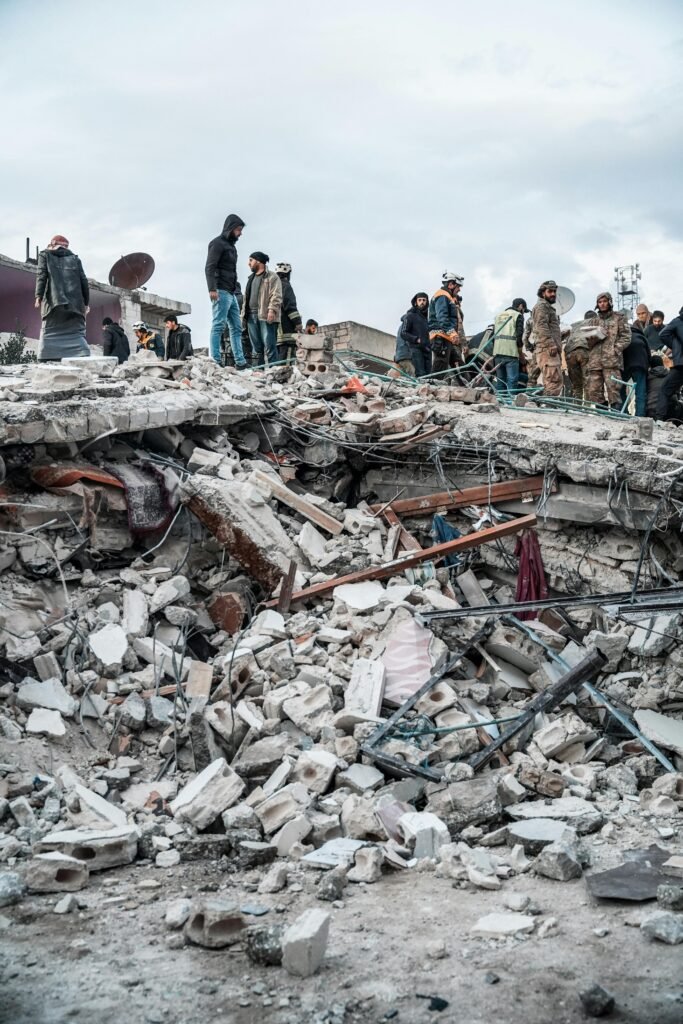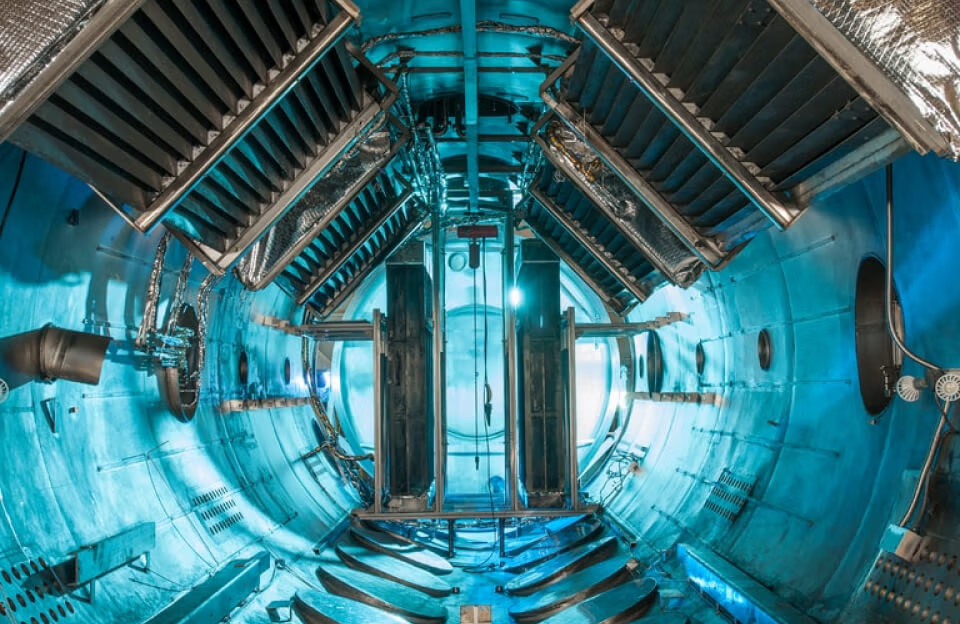1. What Happened: June 21 Semnan Earthquake
• On June 21, 2025, Iranian seismic monitors registered a 5.1‑magnitude earthquake, centered 37 km southwest of Semnan, at a shallow 10 km depth (shafaq.com, m.economictimes.com).
• Tremors stronger than 5.5 were observed near the town of Sorkheh, but Iranian news agency IRNA reported no casualties and only minimal damage to property, facilitating a swift recovery.
• The quake was felt as far away as Tehran and Qom, raising immediate alarm due to its proximity, but fortunately caused no structural failures (thesun.co.uk).
2. Earthquakes in Iran: Tectonic Normal
• Iran sits on the Alpine–Himalayan seismic belt, where the Arabian and Eurasian plates collide, causing ~2,100 quakes/year, around 15–16 with magnitude ≥5.0 (m.economictimes.com).
• Semnan Province is earthquake-prone—historical quakes include the 5.8-magnitude 2010 Damghan event, which caused casualties and damage briefly (en.wikipedia.org).
• Large quakes—including the devastating 7.4 Tabas quake in 1978, killing ~15,000–25,000—underscore the region’s seismic volatility (en.wikipedia.org).
3. Geopolitical Storm: Israel–Iran Tensions
• This quake occurred amid ongoing Israeli airstrikes targeting Iranian nuclear and military sites—including Arak, Natanz, Fordow, and Bushehr—raising fears (thesun.co.uk).
• Semnan region houses key strategic facilities: Semnan Space Center and a missile development complex, which heightened concern (m.economictimes.com).
• The timing, combined with global anxiety over Iran’s nuclear ambitions, quickly triggered speculative claims that it might be a disguised nuclear test.
4. Debunking Nuclear-Test Theories
Seismic Science vs Speculation
• Seismologists and international experts—including CTBTO, USGS, Johns Hopkins, and Berkeley—affirm the quake displays natural fault behavior with shear‑wave dominance, unlike a nuclear blast, which shows high‑pressure compressional Waves (P‑waves) (hub.jhu.edu, indiatoday.in).
• The quake’s 10-km depth is typical for tectonic movement, not shallow enough (<1 km) for a nuclear detonation (shafaq.com).
Case Studies & Historical Clarity
• In October 2024, a 4.5-magnitude quake near Semnan sparked similar rumors—but an expert seismic study from Johns Hopkins disproved any nuclear link, citing reversed fault origins (gizmodo.com).
• Arms Control Today echoed the consensus: CTBTO’s global seismic network found the October 2024 tremor “consistent with previous earthquakes”, dismissing nuclear claims (armscontrol.org).
Why Accounts Are Misleading
• Social media quickly circulated “nuclear test” theories—first on X (~17 minutes post-quake)—amplified by sensationalist coverage and geopolitical bias (gizmodo.com).
• Scientific investigators highlight that Iran’s fatwa against nuclear weapons, issued in 2004, along with no confirmation from seismic agencies, underscores the falsity of the claims (news.com.au).
5. Seismologists Explain the Science
• Dr. Ali Ramthan, seismology expert, told Shafaq News: “Recorded by 149 global stations…classic reverse-fault quake. No nuclear test could be done at this depth” (shafaq.com).
• Reverse-faulting quakes release tectonic energy; nuclear tests generate high-pressure spherical waveforms → with clear scientific signatures.
• CTBTO’s method: Uses 50 primary seismic and 121 auxiliary stations worldwide—thus nuclear event would have shown distinct radionuclide traces, which were absent here (en.wikipedia.org).
6. Does Iran Have Nuclear Test Sites?
• A 2019 U.S. think-tank report falsely claimed a secret underground nuclear “Field Project” near Semnan, but IRNA and others dismissed it, citing the region is a missile and space complex, not a test site (euronews.com).
• Iran is a signatory (but not ratifier) of the Comprehensive Nuclear-Test-Ban Treaty (CTBT), monitored by CTBTO—making a secret test both politically and technically implausible (en.wikipedia.org).
7. Why Conspiracy Spreads During Conflict
• During military tensions, natural events often become politicized—evident when even small tremors spur wild theories in India‑Pakistan or Middle Eastern crises (gizmodo.com).
• Disinformation campaigns exploit geopolitical narratives—researchers flagged Russian-linked accounts behind rapid nuclear speculation after the 2024 quake (hub.jhu.edu).
• Authorities urge reliance on verified seismic data, emphasizing the importance of data recovery from monitoring systems, not viral social chatter.
8. Earthquakes vs Explosions: Scientific Evidence
| Feature | Natural Earthquake | Nuclear Explosion |
|---|---|---|
| Depth | Usually >5 km | Usually <1 km (shallow) |
| Wave Type | Strong shear waves (S‑waves) | Dominant compressional waves (P‑waves) |
| Radionuclides | None | Detectable isotopes (e.g., Xenon‑133) |
| Seismic Signature | Complex fault mechanisms | Sharp, symmetrical pulse |
| CTBTO Response | No radionuclides, matches baseline | Would trigger a global CTBTO alert |
9. Historical Context: Past Iranian Earthquakes
• 2010 Damghan quake (5.8 Mw, 10 km depth): caused limited casualties due to weak buildings — typical tectonic strike-slip quake (hub.jhu.edu, tass.com, indiatoday.in, m.economictimes.com, en.wikipedia.org).
• 2013 Bushehr quake (6.3 Mw near nuclear plant): caused structural tremors but no damage—reinforced reactors held firm (en.wikipedia.org).
• 1978 Tabas quake (7.4 Mw): devastating with over 15,000 deaths, demonstrating Iran’s deep seismic risk (en.wikipedia.org).
10. Expert Opinions
“There was a concerted misinformation campaign promoting the idea this was a nuclear test…not something you often see with an earthquake.”
— Benjamin Fernando, Seismologist, Johns Hopkins (gizmodo.com).
“This was a classic reverse fault earthquake…No nuclear test could be carried out at this depth—it’s geophysically impossible.”
— Dr. Ali Ramthan, University of Sumer (shafaq.com).
11. What This Means for Iran
• While no damage was reported, residents are reminded of the importance of structural safety and emergency preparedness to aid in recovery efforts.
• Misattributing natural quakes as nuclear tests creates unnecessary panic and escalates geopolitical tension.
• Promotes public distrust and propaganda—anti-disinformation systems must be strengthened.
12. Misinformation in the Digital Age
• Analysis shows nuclear-test rumors launched on social media 17 minutes post-quake, fueling international media distortion (gizmodo.com).
• Scientists urge faster responses and verified seismic data to combat disinformation—part of a broader “science diplomacy” (hub.jhu.edu).
13. What Residents Should Do
- Follow verified seismic channels (e.g., USGS, IRNA)
- Confirm data via CTBTO or local seismic centers
- Avoid panic or rumor-sharing
- Check building integrity—aftershocks are possible
- Prepare emergency kits and evacuation plans
14. Final Thoughts: Geology vs Geopolitics
This earthquake is a natural tectonic event, not a nuclear test.
Iran sits on active fault lines—earthquakes of this scale are common, if unnerving.
Even amid war and unrest, scientific evidence refutes conspiracy claims.
Let this be a reminder: rely on data—don’t let fear shape the narrative.
Support Us
Subscribe for real-time updates on seismic activity, expert analysis, and fact-checks in geopolitics and natural disasters. Share this post to help combat misinformation during tense global moments.
For more updates, visit coreaitips.


